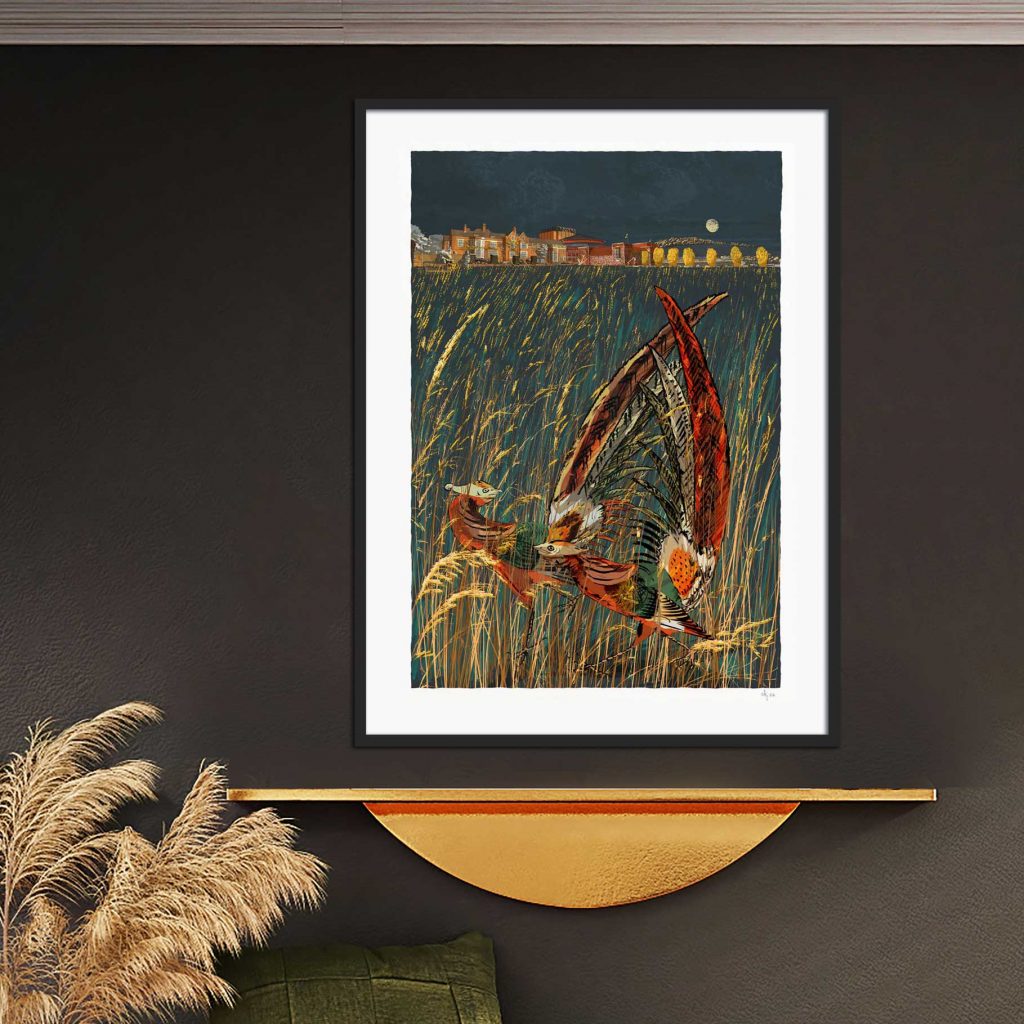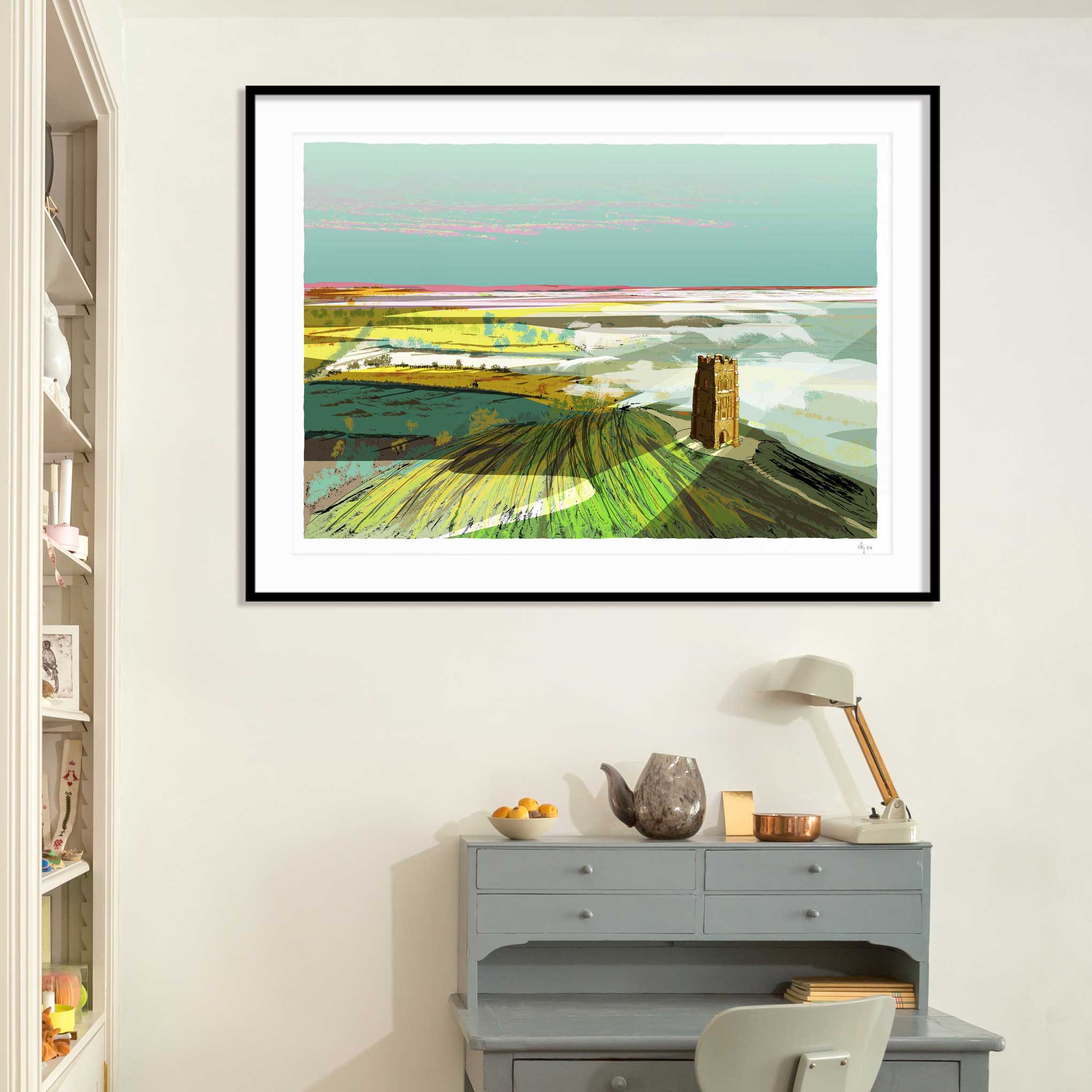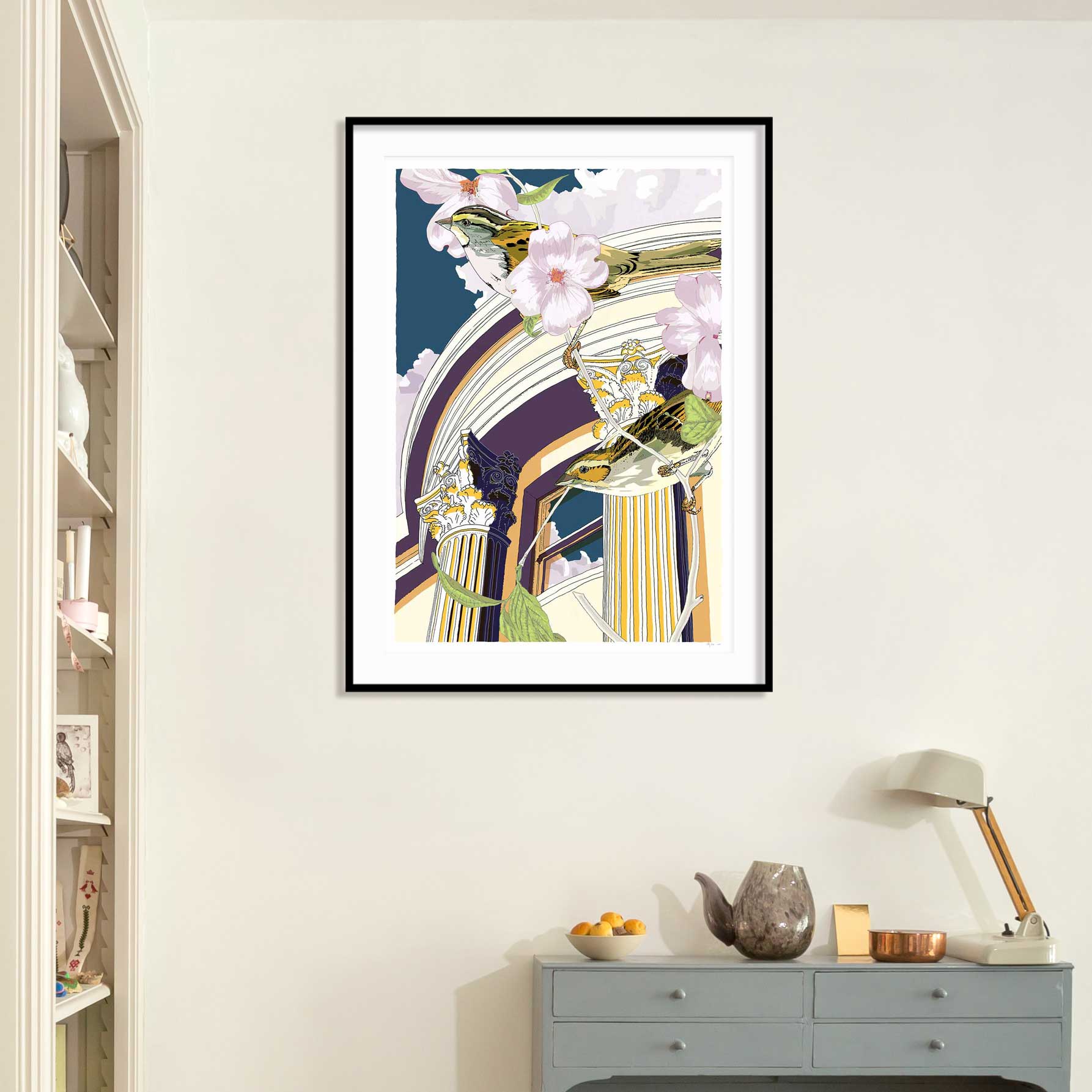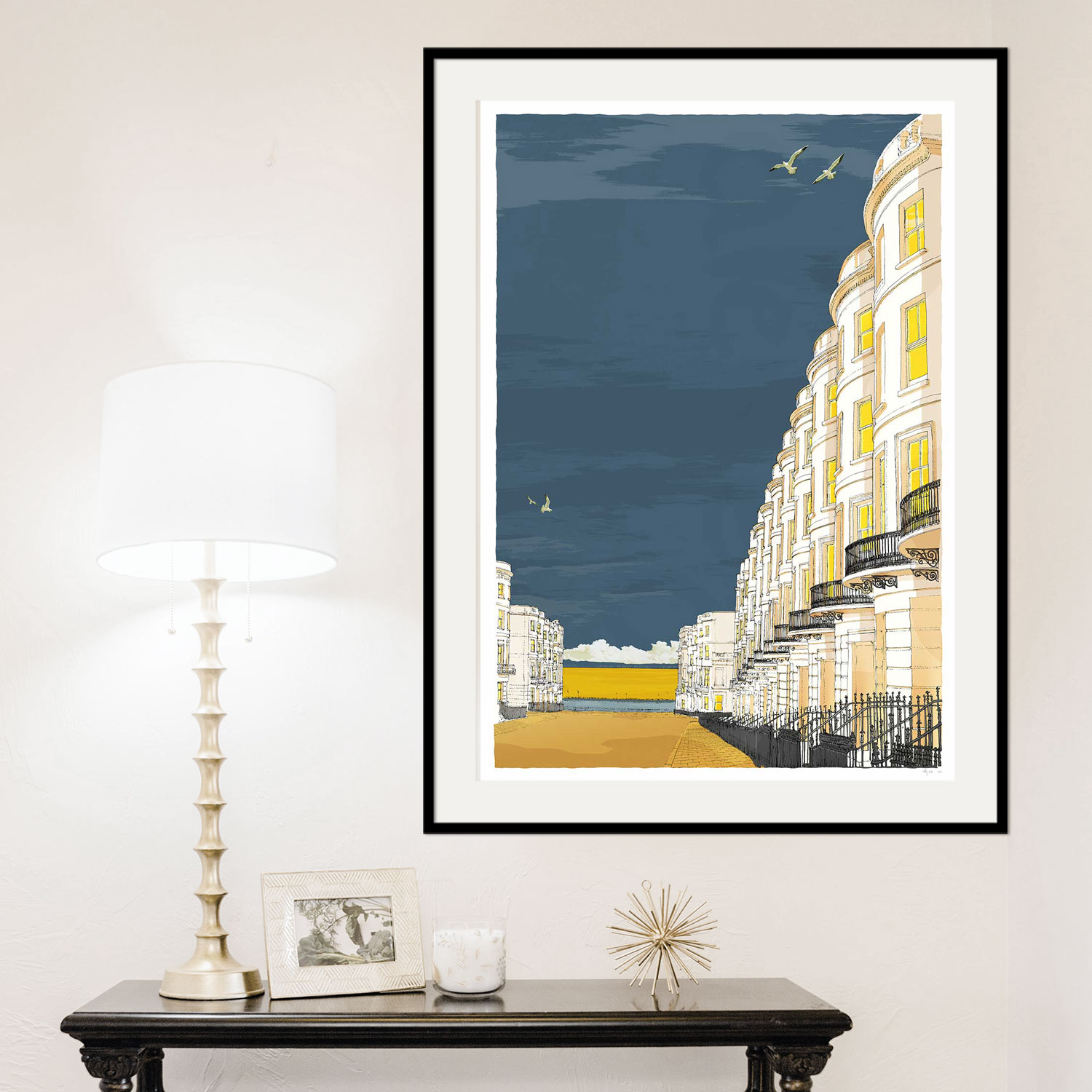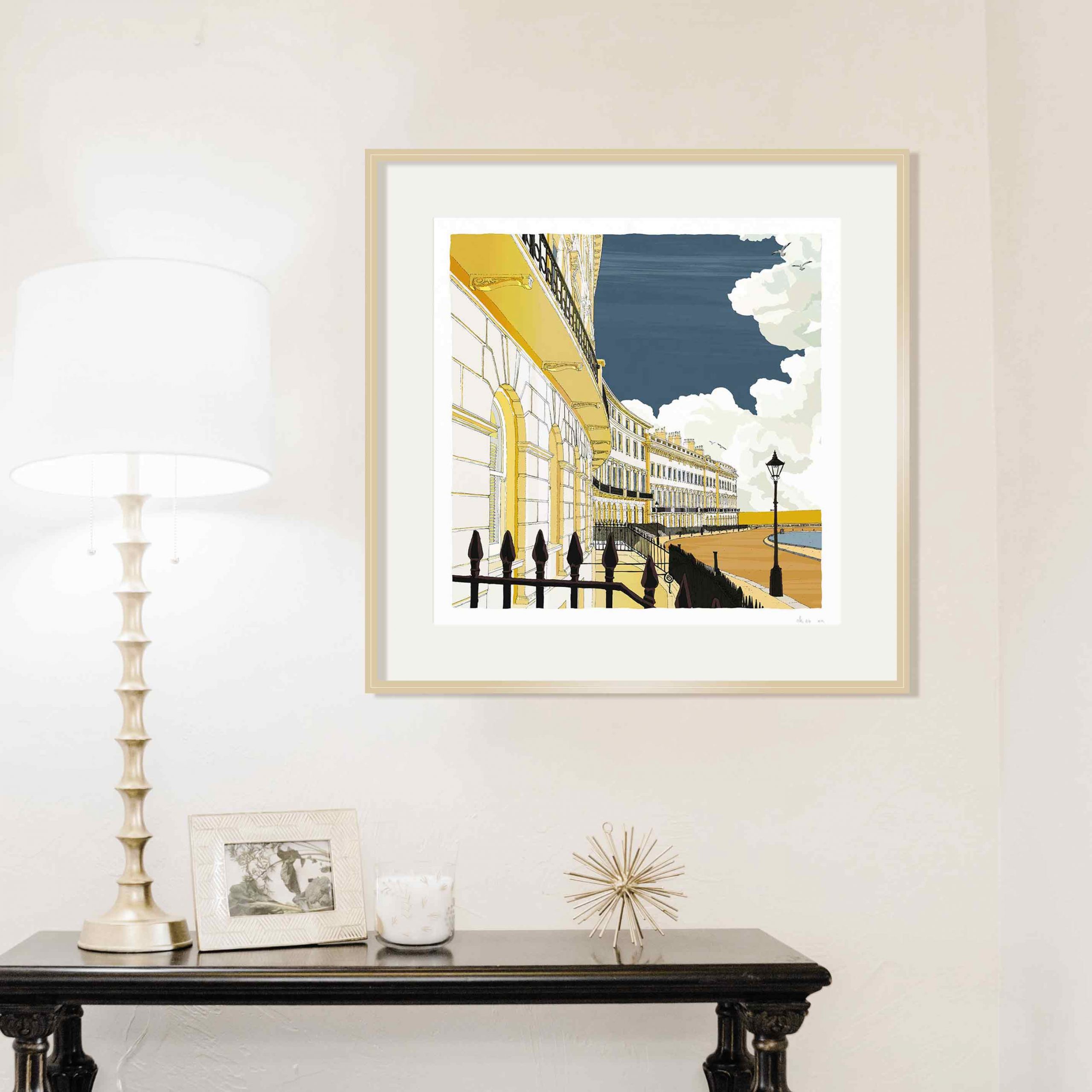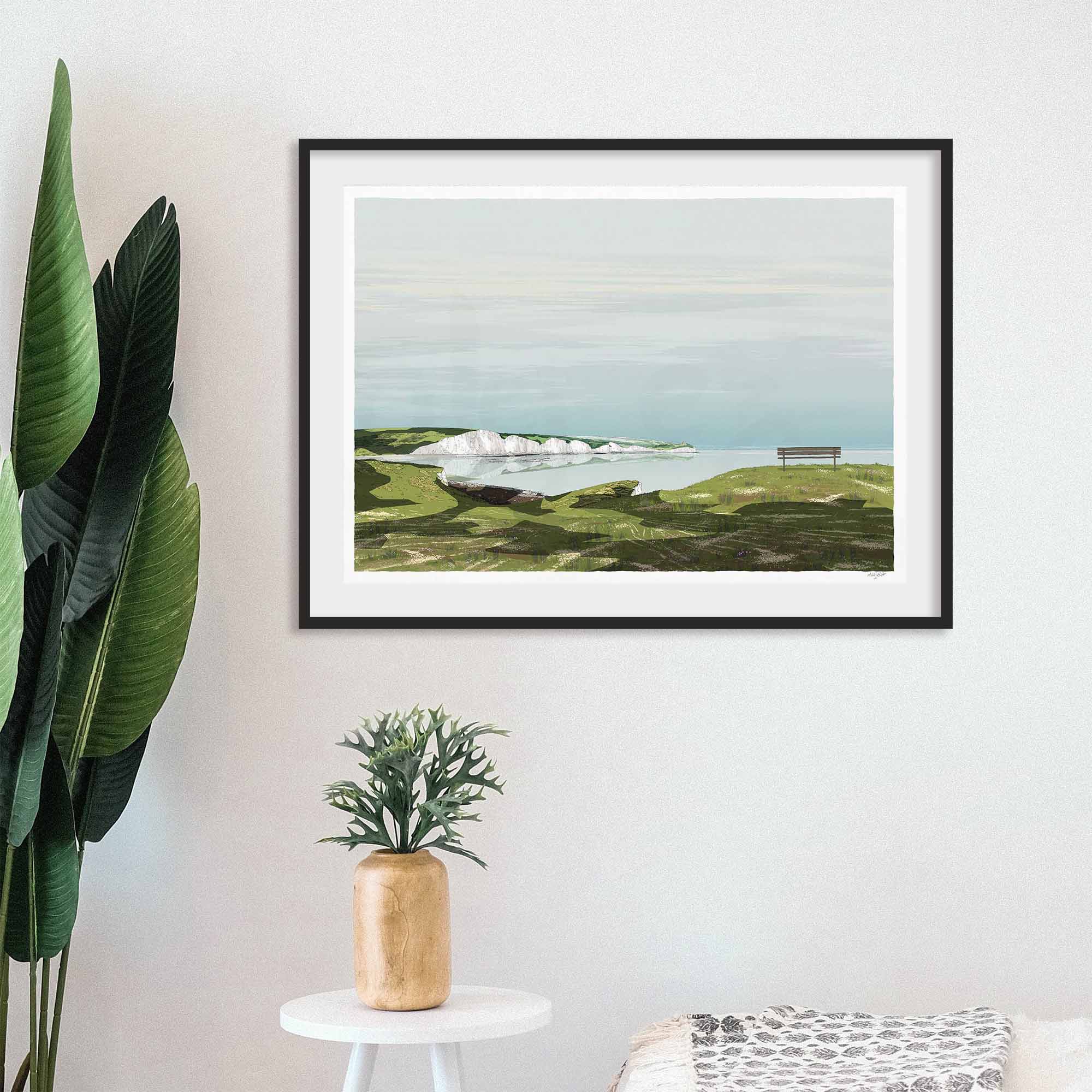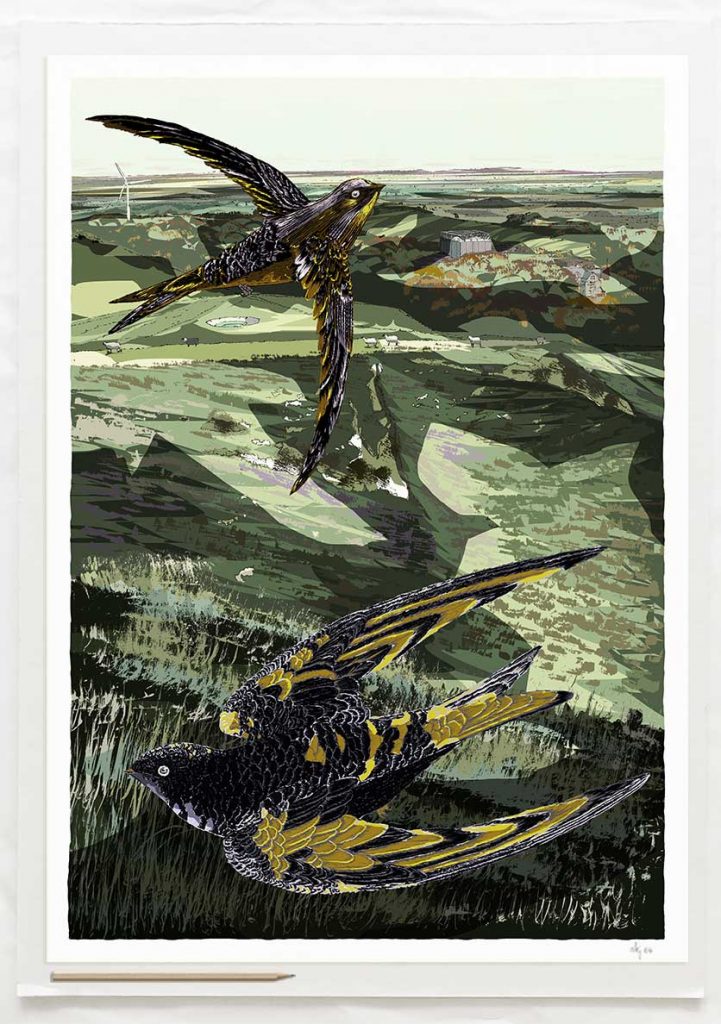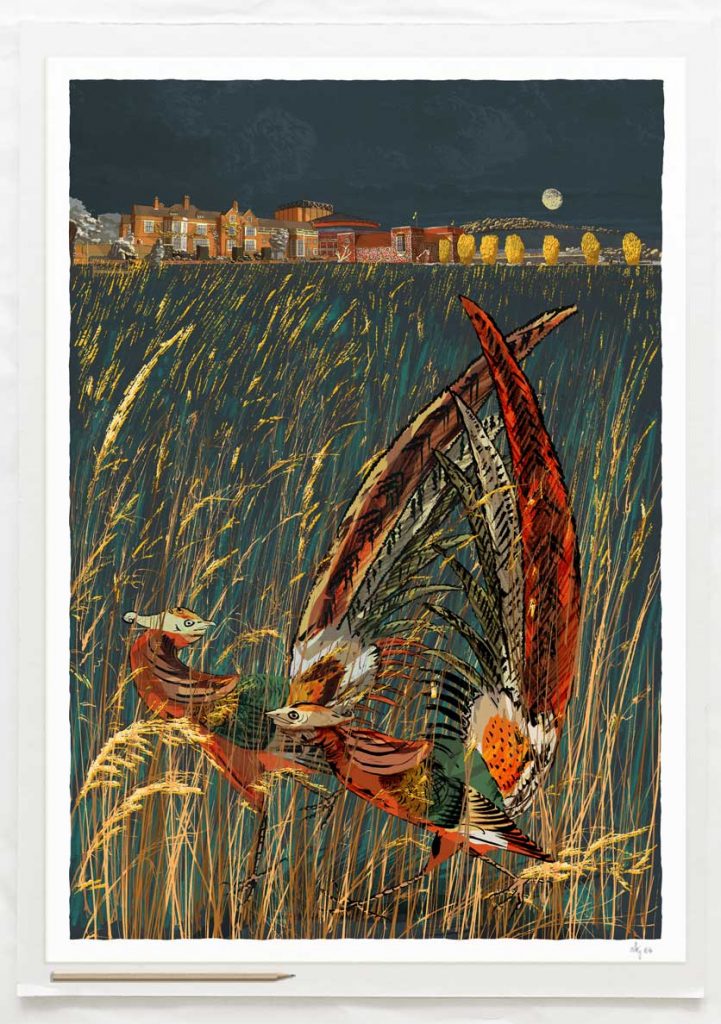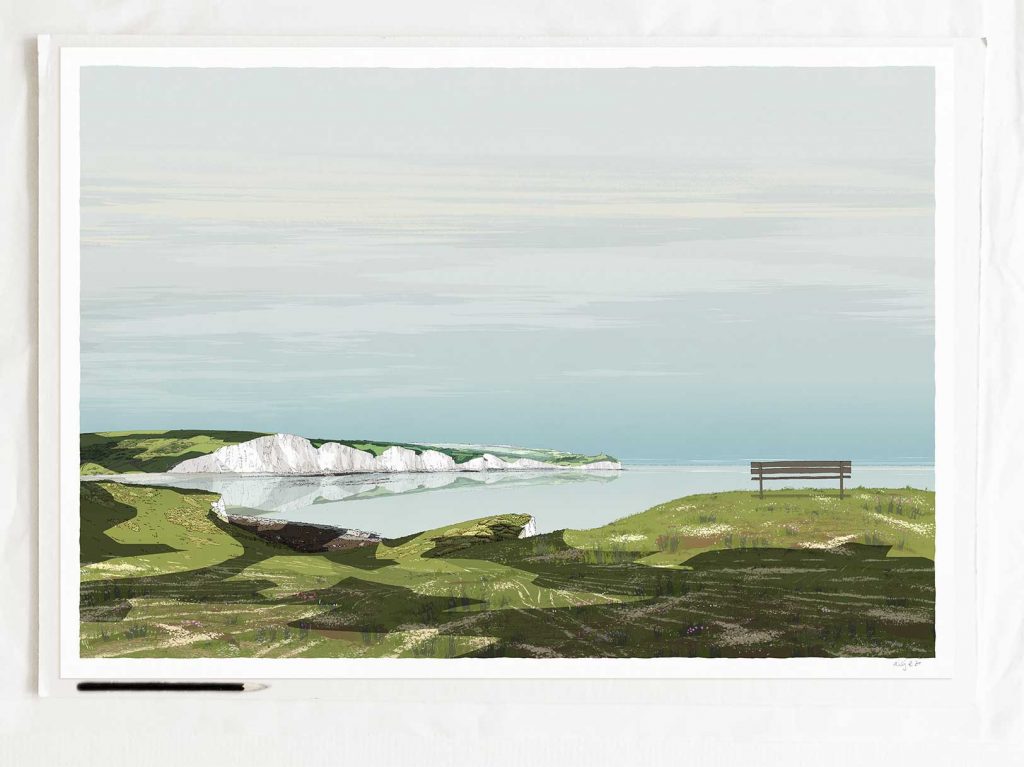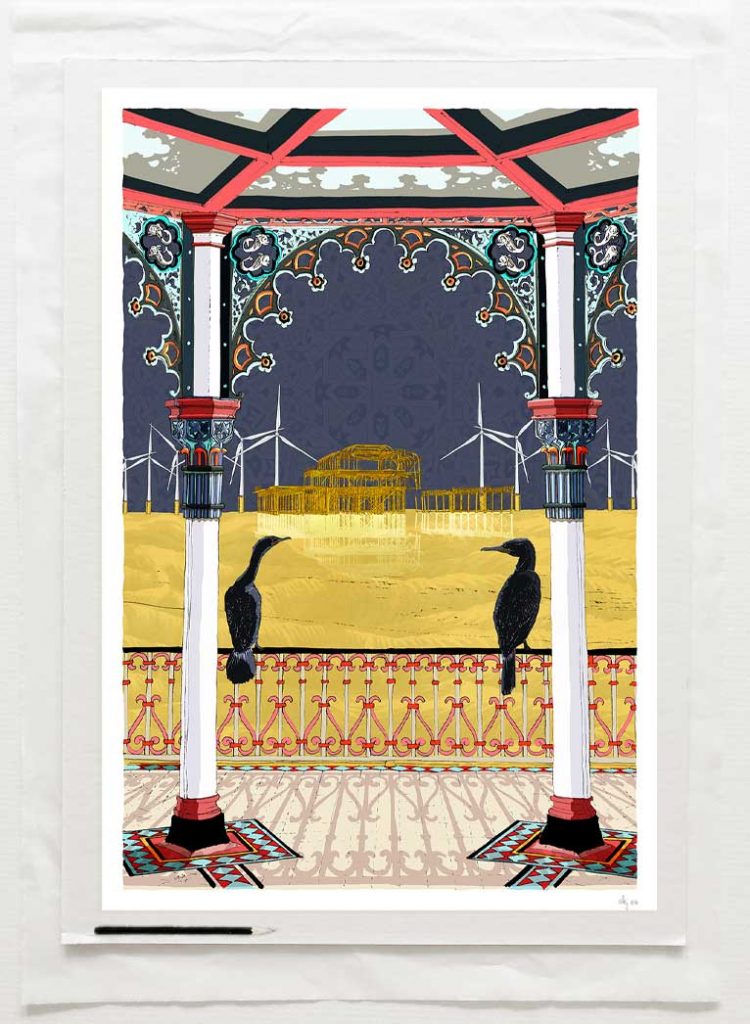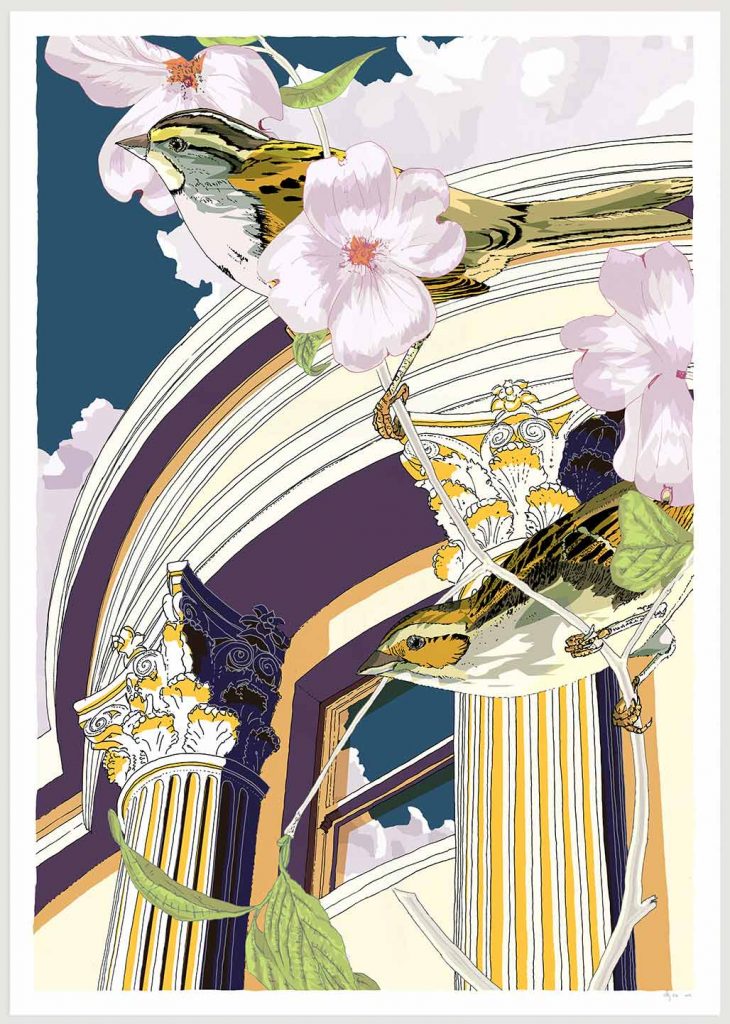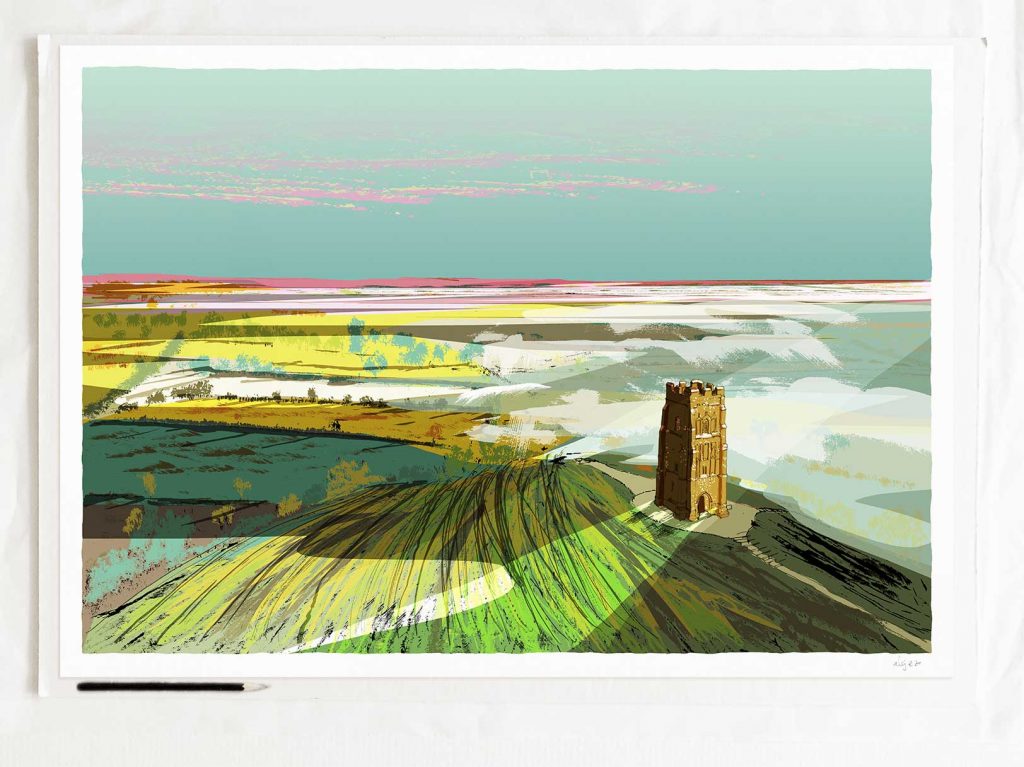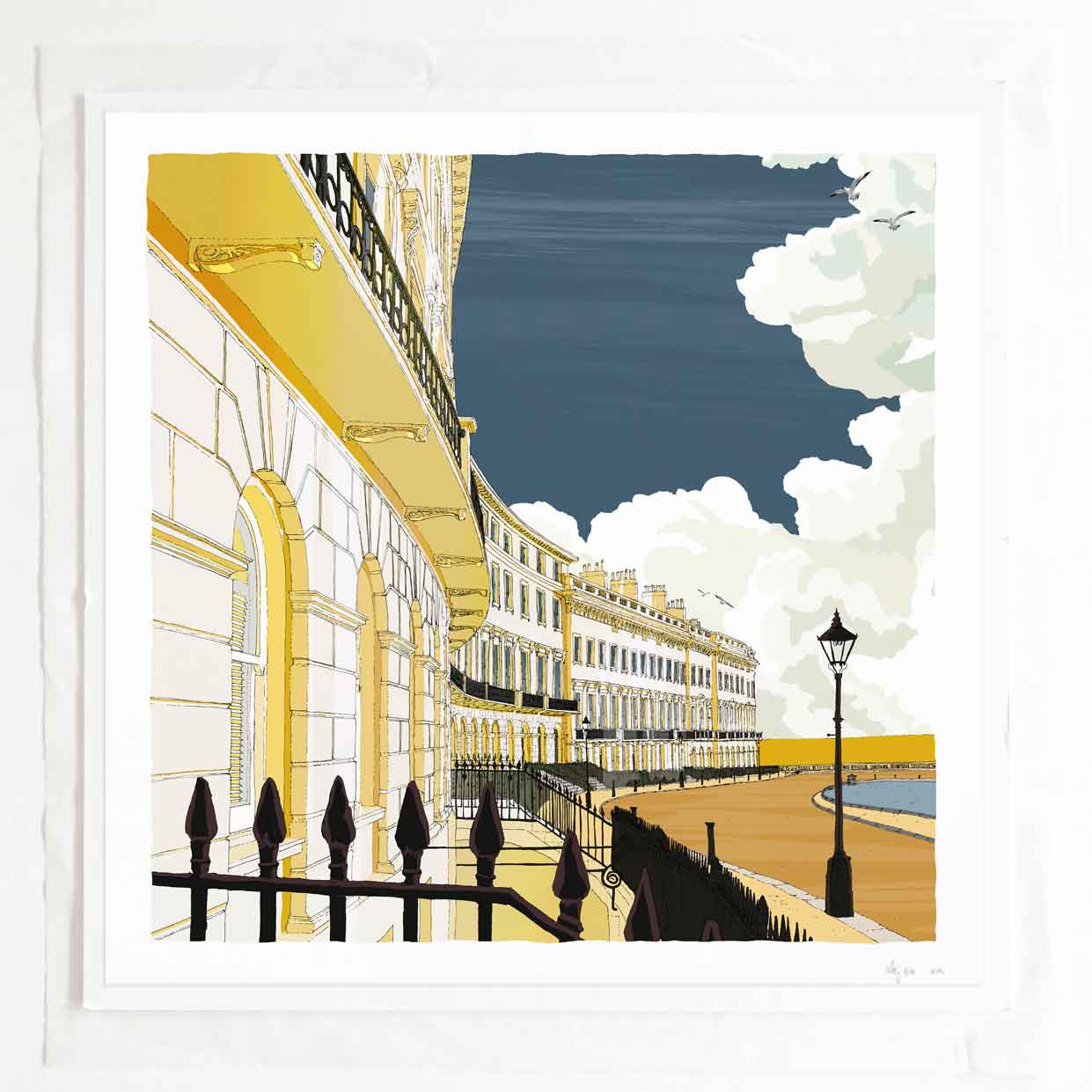Apus Apus by alej ez. Oct 2022
A new body of work that expresses relationships through my experiences.
With a modus operandi that explores occurring relationships between a cosmos of varied interests that covers subjects from environmental conservation to spirituality and astrology. I am engaged in creating a new rubbing edge where connections are forged through my idiosyncratic curiosity of studying visual art, literature and architecture throughout history.
The name Apus apus refers to the Latin name of the swift bird. These migratory birds are extraordinary flyers. The swift sleeps, eats, bathes and even mates on the wing, rarely touching the ground. They are also the fastest birds in level flight, with an impressive top speed of 69mph. Apus apus was named by Dutch explorers Pieter Dirkszoon Keyser and Frederick de Houtman between 1595 and 1597. The word derives from Latin apūs ἀ (not) + πούς( foot).
Apus Apus, like a swift, I aim to find a higher order, a parallel space with a vision of understanding and care between us and nature, with courage and joy to make a significant mark.
Swifts over Glyndebourne a Sussex Landscape
Like lightning, a pair of swifts fly through the skies above the Sussex Weald. View towards Ringmer and Glynde, with the rooftops of Glyndebourne Opera House and on the hill an electric wind turbine that sites next to the remains of a probably late C18 to early C19 windmill
Glyndebourne Harvest Moon Pheasants
Two pheasants on Glyndebourne grass meadows bathed in the light of the harvest moon.

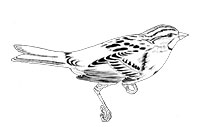
Seven Sisters White Cliffs from Hope Gap
View of the Seven Sisters chalk cliffs from Seaford Head. Possibly the most iconic landscape in the UK. The luminous white chalk cliffs face the South low winter sun while slow passing clouds project on the fields flying birds shape shadows and a still sea looks at itself to mirror the view.
Through the Arch of the Brighton Bandstand towards the Remains of the West Pier Orient Nights
Standing like talismans, two distinctive cormorants watch over the remains of the luminescent Victorian West Pier resting under the arches of the Brighton Bandstand.

Brunswick Square Sparrows
Two sparrows rest on a rose branch in front of the top floor of a terraced house in Brunswick Square in Brighton. Between a pair of fluted Corinthian columns with Acanthus leaves, a small sash window echoes histories from centuries ago out of sight behind curtains looking out to sea.
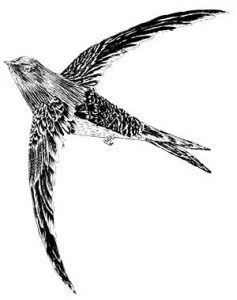

Legends of Glastonbury Tor
Morning mist wraps this ancient landscape in enchanted light. On top of Glastonbury Tor stand the mystic remains of St Michael’s Tower defying time and watching over the Somerset countryside.
Norfolk Waxham Sands
Norfolk’s beautiful eventide skies bathe in gold the reeds and grasses of the sand dunes. On the horizon stands Waxham Great Barn, built about 1570, at 178 feet long is one of the largest barns of its age in the country

Three prints
Always looking out to sea, quintessential and iconic Brighton and Hove bow-fronted Regency terraces, crescents and squares in gold and steel blue hues.
Lewes Town and Marshes from Southease
At the heart of rural Sussex lies the beautiful county town of Lewes. It retains the essence of bygone days with its mediaeval streets, old English churches and tiny twittens (a Sussex word for alleyway). The town, dominated by the remains of a Norman castle, is surrounded by chalk cliffs, marsh lands and the distinctive landscape of the South Downs.
Durdle Door Dorset Scarlett Reverie
A daydream of fanciful colour that celebrates being part of nature. Set in the scenic setting of Durdle Door, one of the most iconic and epic landscapes in Britain. Part of the Jurassic Coast World Heritage Site, Durdle Door is a very much-loved natural landmark.


